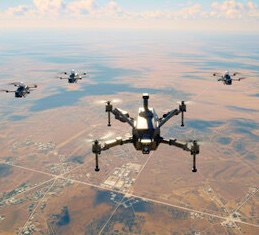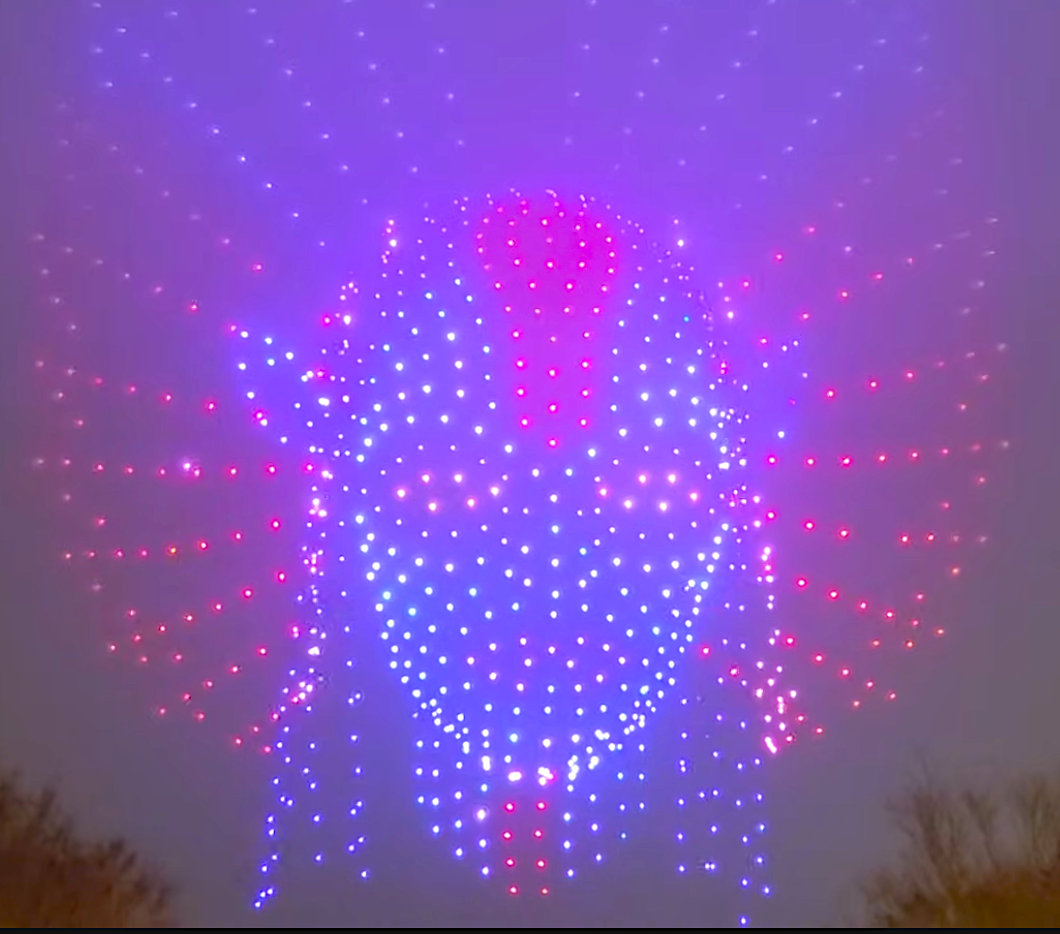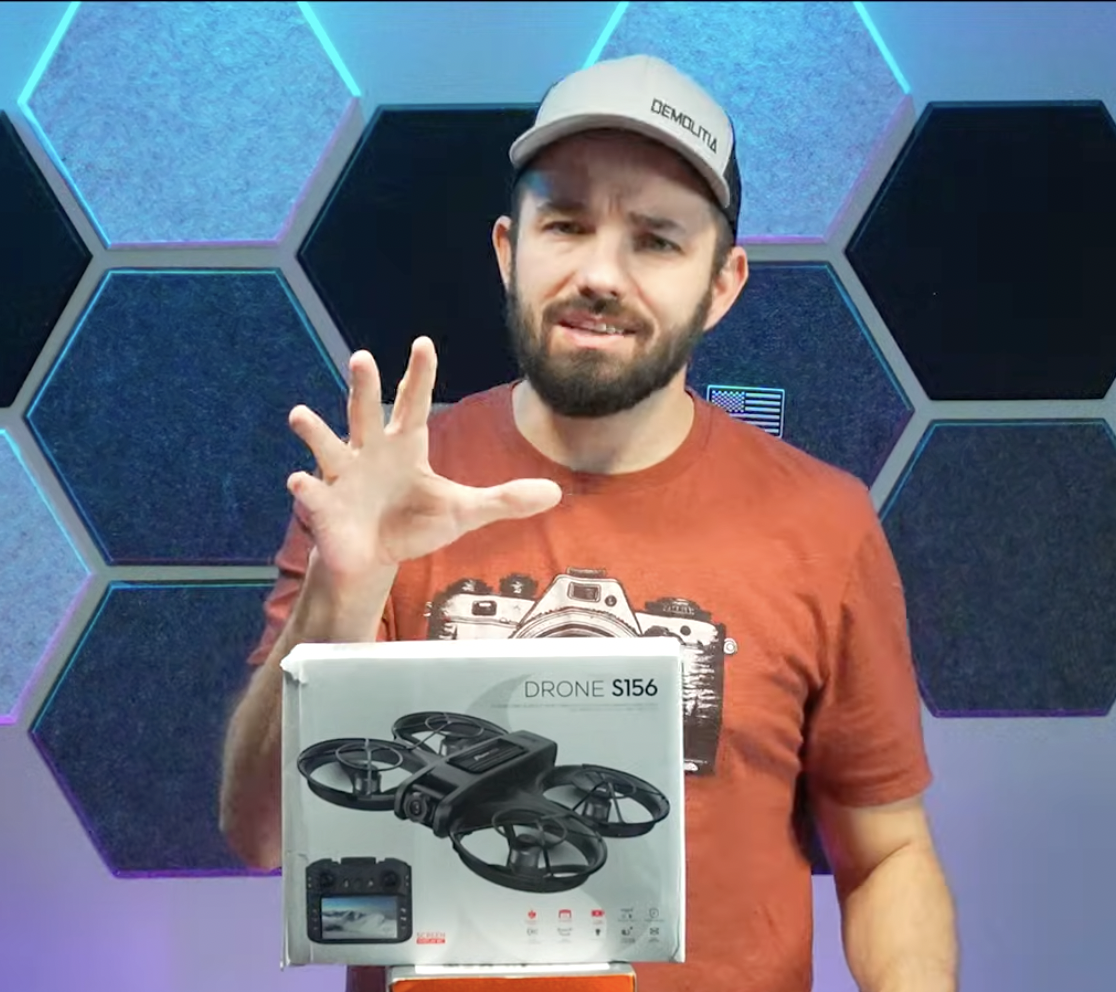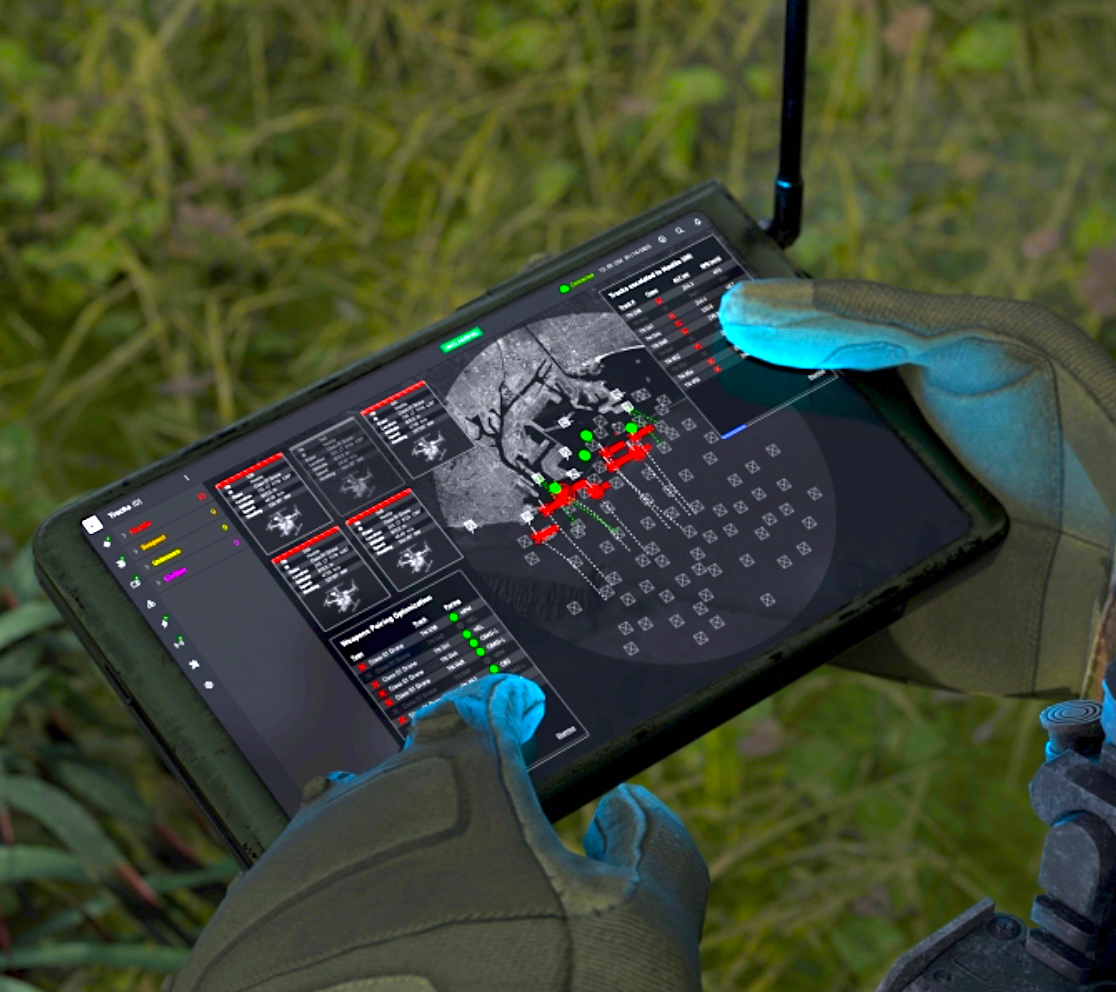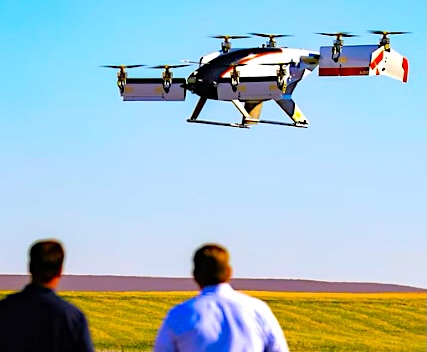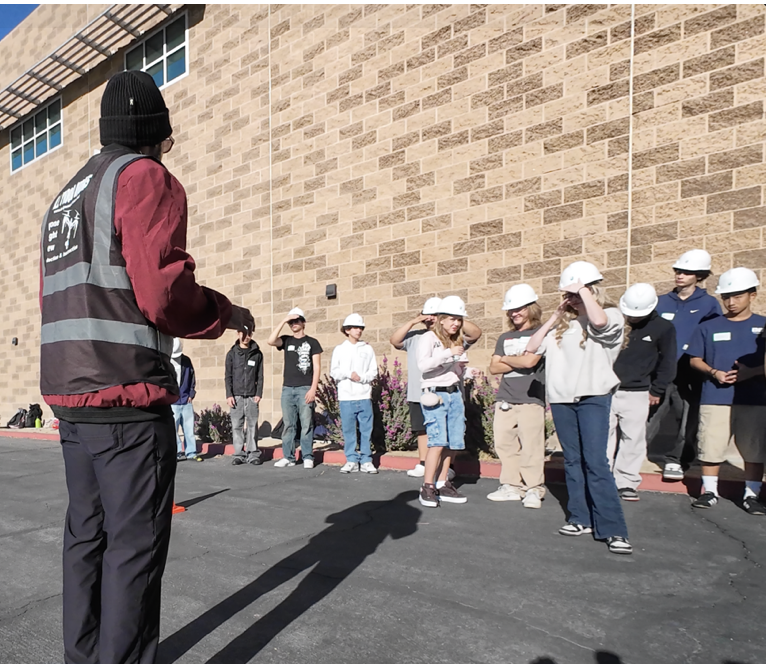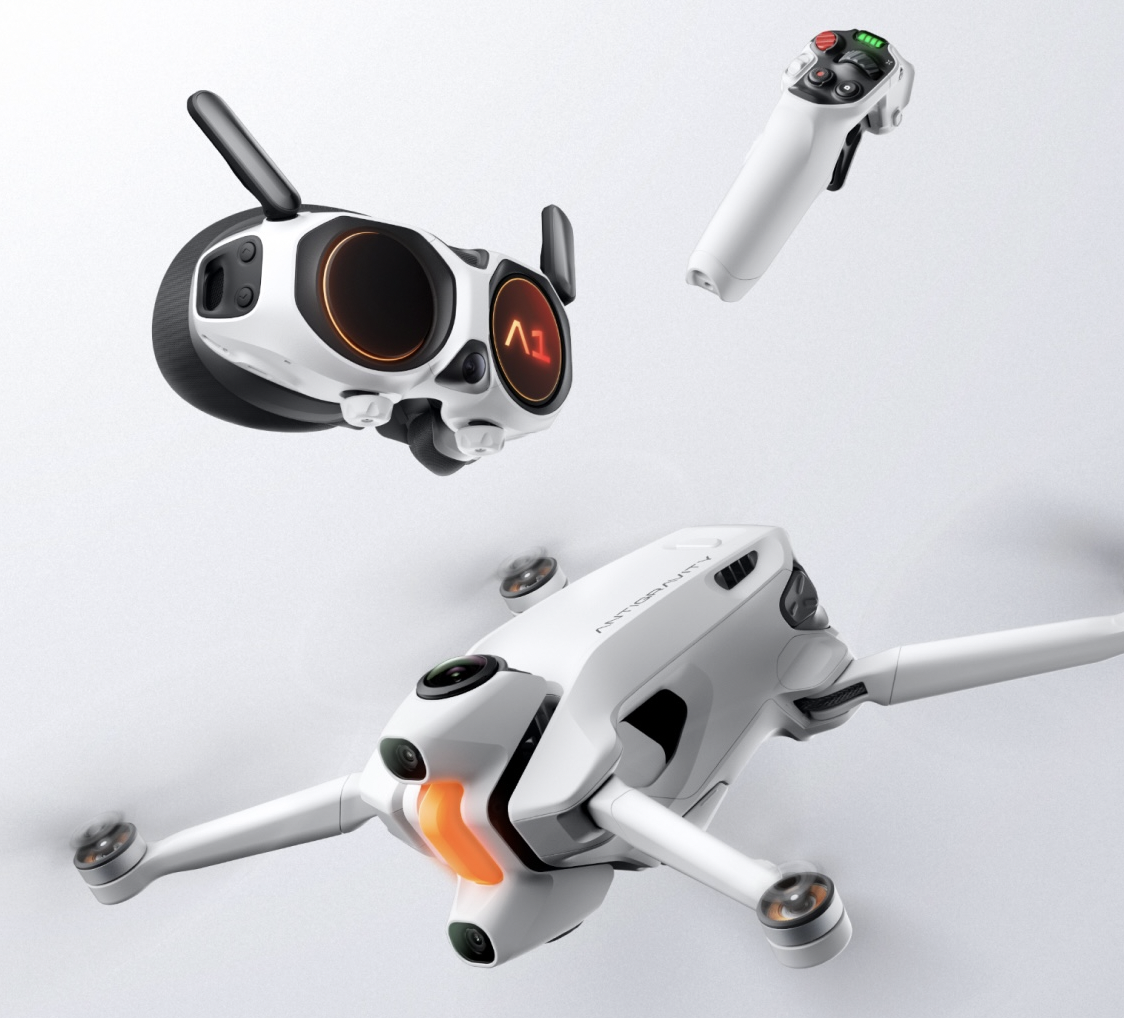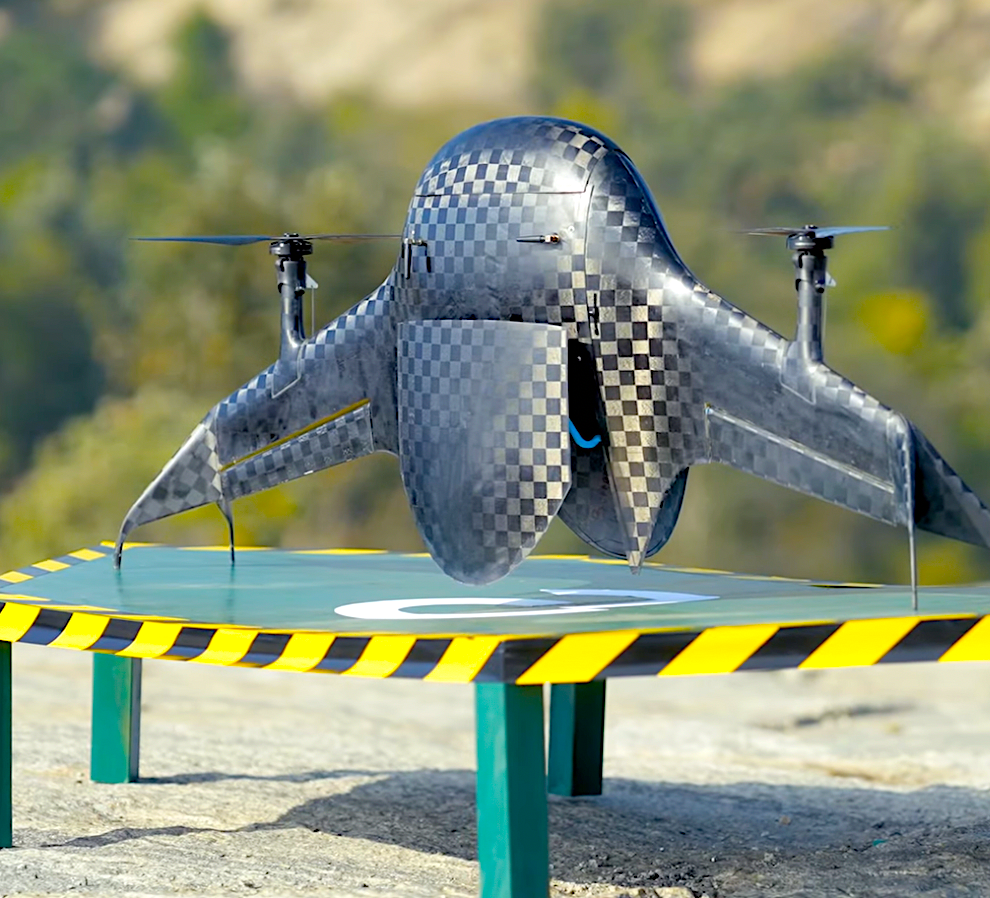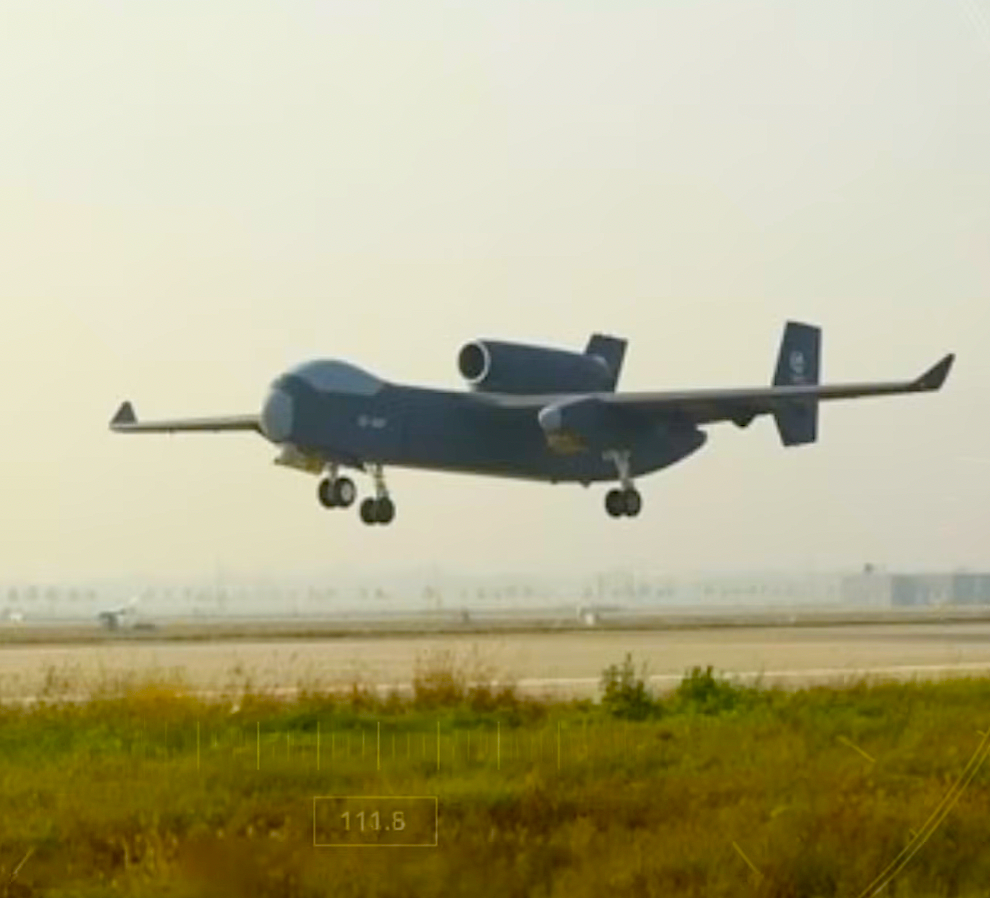Featured NewsDrone EducationFravels FootnoteChris FravelMake Money with Your Drone!

By Chris Fravel of Drone Geek Productions
Since consumer-level UAVs hit the market, entrepreneurs, photographers, and even just folks looking to make a little cash on the side have been finding ways to monetize these incredibly fun and new pieces of tech. Using drones to start generating revenue has a low barrier of entry, which has proven to be a double-edged sword. While having a low barrier of entry makes it easy for anyone to get started earning money off the back of their drone, it also makes it extremely difficult due to market saturation.
While the initial idea might seem straight forward it often times ends up looking like this on paper: Phase 1: Buy Drone, Phase 2: ?, Phase 3: Profit. (Bonus points if you understand the phase 1, 2, 3 reference.)
In all seriousness though, this problem poses itself to hundreds, if not thousands, of people looking to turn the hobby of flying drones into a profession. Where do you start? What do you need? How do you stand out from the crowd? These are just a few of the questions that people tend to ask themselves after starting this business venture. As a Part 107 Certified UAV Pilot and Owner of Drone Geek Productions, I’m here to offer some insight for those looking to start a business with their drones. Let’s work through this in order of consideration and action…
Phase 1: Buy Drone
As the old saying goes, “don’t put the cart before the horse.” Before we start talking about the logistics of starting and operating an aerial imaging business or using drones for profit in a grander scheme, we need to figure out which drones are going to cut the mustard and not the cheese. First things first, let’s establish our market leaders in prosumer/consumer UAV tech.
When you search online to purchase a drone, you are often presented with hundreds of options and most of those are companies offering you advanced UAV technology at insanely low prices. Avoid these at all costs. One thing any person looking to get into flying drones needs to understand is that this hobby costs money up front. Live by the philosophy of “if it’s too good to be true, then it probably isn’t true” to save yourself a lot of time, money, and potential heartache. Here are some reputable brands I trust when it comes to producing quality drones at reasonable prices:
DJI — Arguably the king of the drone castle, DJI has consistently put out cutting-edge drone technology for years. While consumer models like the Mini 2 and Mavic Air 2 are great for hobbyists just looking to have fun or beginners looking to cut their teeth on a DJI system that won’t break the bank, it’s the “prosumer” models that people serious about monetizing the technology should be considering.
The top three models I would recommend in 2022 for somebody just getting started are the Phantom 4 V2, DJI Air 2S, and Mavic 3. Each camera is going to produce professional-level imagery with options to shoot 4K video in D-Log and 20-megapixel photos in RAW for extra flexibility when color-grading and editing. Anything else is either too much money for somebody just getting started or yields too little in performance to give you the ability to produce professional-level projects.
Autel – A close second in the race for UAV tech supremacy, Autel has put out some incredibly stiff competition for DJI in recent years and is looking to expand its offerings in 2022 (albeit with some troubling delays pushing production back). Right now the top-dog drone from Autel is the EVO II and is similar in build quality and performance to DJI’s Mavic 2 Pro and Mavic 3. Where I give Autel a slight categorical edge over DJI’s offerings is in their camera and gimbal technology. The EVO II comes with 2 options for standard photo and video cameras: 6K and 8K.
The EVO II Pro shoots video at 6K and photos come out at 20-megapixel while the EVO II “standard” shoots video at 8K and photos come out at 48-megapixel. Naturally, if you know nothing about cameras like I did when I started, the “standard” model seems to be the better deal because the numbers on the camera resolution are bigger, right? Wrong. While the specs of the “standard” are impressive, the sensor on the camera is just a ½” CMOS while the sensor on the EVO II Pro camera is a 1” CMOS – meaning the overall image quality is going to be better on the Pro model.
Skydio – The “middle-child” in the world of reputable drone manufacturers, Skydio has marched to the beat of its own drum and found itself with an interesting distinction from its competition that leave it poised for big things in the future. Skydio has just 3 models of drones that are available to consumers and “prosumers,” and none of them come anywhere close to being competitive in the camera technology and flight time categories with the likes of DJI and Autel.
However, where this nifty little drone does excel is in its autonomous flight modes and general obstacle avoidance. The Skydio 2, as well as the Skydio 2 for Enterprise and Skydio X2, have incredibly accurate obstacle avoidance sensors that make both autonomous flight modes and manual piloting a relative breeze. If you’re looking for a drone that needs to perform complicated imaging tasks like mapping, rendering, and inspections in environments that could prove to be dangerous to the integrity of the drone itself, then Skydio may be the best option for your endeavors.
Parrot – The final company I would consider reputable is Parrot. While not the strongest in any of the meaningful categories drones are constantly scrutinized against, Parrot puts out a reliable and overall strong product in the form of its ANAFI. I would caution those of you that are only looking to use drones for photo and video purposes – this may not be the solution for you. Parrot is taking a page out of Skydio’s book by staying out of the overall race for camera quality and instead developing UAV solutions that will be more beneficial to large commercial and enterprise projects like mapping, structure rendering, inventory and logistics analysis, and other less-creatively-influenced applications. The price tag is high on the ANAFI Ai and ANAFI USA models, but if you really want to stay away from the other three companies, you can get the base model ANAFI at a reasonable price.
No matter what direction you go, if you choose a drone from one of these four companies, you are setting yourself up for success through the guarantee of a high-quality base product and service. Just remember that while you don’t need to spend $3,000 to $5,000 or more on a drone to get high-quality, professional results, the rule of “you get what you pay for” is painfully true in the world of drone technology. You should be budgeting at least $800 to $1,000 for your initial purchase.
Another consideration you should make is just how much workload you are going to be taking on initially or even in the future. In the field it never hurts to have too much battery life, so while you might be enticed to purchase things like range extenders, landing pads, carrying cases, and other flashy accessories, budget some additional money to buy at least 2 extra batteries for your drone. A pack of neutral density filters also makes for a handy investment!
Phase 2: Pass Test
In the United States aspiring professional drone pilots are required to take and pass the Federal Aviation Administration’s (FAA) Part 107 Initial Knowledge Test and then take the Recurrent Knowledge Course every 24 months after that in order to fly UAVs commercially. Penalties for flying commercially without a Part 107 license can be up to $32,666 for each incidence (per day), and the FAA could also impose criminal sanctions including a fine of up to $250,000 and/or a prison sentence of up to three years upon conviction.
A question that is asked a lot regarding the need for a Part 107 is: “does it matter if there is no monetary exchange for services?” The answer is simply: no, it does not matter.
In the FAA’s laws regarding commercial certification and operation of UAV technology, they include the phrase “in furtherance of a business,” which essentially means if the drone is being flown for the benefit of a business or organization, then the remote pilot in command (RPIC) must be Part 107 licensed. For example, if you work for an architecture firm as project architect and your boss asks you to use the company drone to capture aerial photos and videos of a property or structure, you must have your Part 107 license or be accompanied by somebody that does during the flight mission. It does not matter that you are not being paid extra on the side for flying the drone or that the job was ordered to you by your supervisor. The operation and byproduct of the drone is being used in furtherance of the architecture firm which means the operator or RPIC must hold a valid Part 107 license. In another example, if you have a realtor friend who is trying to move a high-value property and you volunteer to use your personal drone, usually used for recreational flights only, to capture some compelling aerial shots for their listing, then you are required to hold a valid Part 107 license. It does not matter that it was done as a favor for a friend or that you are not being compensated. The fact stands that the operation of the drone, and its byproducts, assisted in the furtherance of a business and therefore the operator or RPIC is required to have a Part 107 license.
Now that you are thoroughly convinced that flying commercially without a Part 107 is a bad idea, you may be wondering how to study for and sign-up to take the test. Luckily, the answers are easy and attainable for most people.
First things first, find a reliable place to gather and absorb information about being a Part 107 Remote Pilot. The information covered in the Initial Knowledge Test is a bit cumbersome and, well, dull. The Recurrent Knowledge Test is much easier overall and is fail-proof through its updated platform as of the Spring of 2021. It’s taken totally online and the “exam” you take does not allow you to complete the course without passing, so any questions you miss you can correct after the fact. Don’t sweat that one, even if you have trouble with the Initial Knowledge Test.
Now that it has been established the Initial Knowledge Test is the scarier of the two Part 107 tests, it’s time to figure out how to properly prepare for it. The test costs $175 and is non-refundable if you fail and will be due again every time you attempt to take the Initial Knowledge Test. Hopefully you see why it is so important to nail this thing on your first try, because otherwise it gets downright expensive. Luckily there are several resources out there (both digital and physical) that can help you study for free or a relatively reasonable fee including:
Jonathan Rupprecht, Esq. Website
FAA’s Remote Pilot – Small UAS Study Guide
Drone FAA Part 107 License Study Guide by Michael A. Dustin
Remote Pilot Test Prep (ASA) 2021
If you need something a little more “hands-on” to give yourself a better chance at absorbing the knowledge necessary to passing the Part 107 Initial Knowledge Test, then you may be interested in an online test prep school where somebody walks you through the material and explains it at a finer level of detail. Bear-in-mind this method does come at a higher cost on average, but has shown proven and consistent success in preparing aspiring remote pilots for the Part 107 Initial Knowledge Test. Some of these courses include:
No matter how you decide to study, it is recommended by many of the resource providers above to study for at least 20 hours total for the Part 107 Initial Knowledge Test. It sounds like a lot but studying for just two hours per day will get you to that mark in a little over a week.
After studying the required materials and reliably being able to recall the information, it’s time to schedule your test. Before you can schedule your test, you must acquire an FAA Tracking Number (FTN) by creating a profile with the Integrated Airman Certification and Rating Application (IACRA). You can acquire your unique FTN by clicking here. Most testing sites can be found at your local airport or airfield, but if you need extra help finding the testing center nearest you, click here.
The Initial Knowledge Test has a time limit of two hours -- count on using most of that time. You pass the test with a score of 70% or higher. In case you might be wondering, this score is not similar in importance like a GPA might be to a doctor or lawyer. Nobody is going to care if you passed with a 70% or a 100%, they’ll only care if you have your license.
You should receive your test results immediately and will have a temporary proof of certification for Part 107 operations emailed to you after the fact. Once you have printed out that proof of certification you are free and clear to start flying your drone for profit! You will receive your actual remote pilot’s license in the mail a few weeks after completion of the test.
Since this article is for the benefit of those looking to break into the world of commercial drone use, the Recurrent Knowledge Test process will not be covered. Instead, check out this video about the new format for the Recurrent Knowledge Test.
Phase 3: Profit
You purchased your drone. You passed your Part 107 Initial Knowledge Test and your license is either in the mail on its way to you or you have it in-hand already. Now what?
This part is entirely up to you to decide. You can start your own aerial imaging business; add drone technology to your existing business or service offerings; and/or start applying for remote piloting jobs through job boards like here at The Droning Company. No matter what you choose to do with your newfound knowledge and skills, the world of commercial drone piloting is a rewarding one to say the least!
If you are starting your own aerial imaging business or just adding aerial imaging via drones to your existing offerings, remember that the Part 107 license you have unlocks a gateway to much higher-paying and exciting jobs. No reputable company will role the dice on somebody who is not professional certified to fly drones commercially, so having your license sets you apart from every other Tom, Dick, and Harry that might think they are gaming the system.
The important thing to remember as an independent remote pilot or small aerial imaging business owner is to not allow clients to low-ball you or yourself to undercut the market. The time, knowledge, and money we invested to get licensed is worth more than jobs trying to offer you $50 per hour or less, so stand your ground when it comes to pricing. The average hourly rate for drone pilots, depending upon the market you are in, is between $75 and $300 per hour. Do your homework, figure out where you can price your work based upon your experience, the competition, and to cover your overhead plus profit, and start pounding the pavement literally and digitally!
If you are looking for gainful employment as a drone pilot under somebody else’s employ, know that you are entering somewhat uncharted territory. Drone technology is not brand new, but it’s still new enough that we don’t yet know where it fits into scenarios like this or what type of opportunities will pop up in the future. What we do know is that services like The Droning Company’s Job Board are helping licensed remote pilots to find a long-term position doing what they love. Consider joining The Droning Company Community today to set yourself up for a world of opportunities.
I hope this information is helpful to you as you start the journey of becoming a commercial drone pilot. No matter what your next flight entails, remember to fly safe and fly fun! If you really love drone new, rumors, and content, consider following me on Instagram and subscribing to my YouTube Channel
